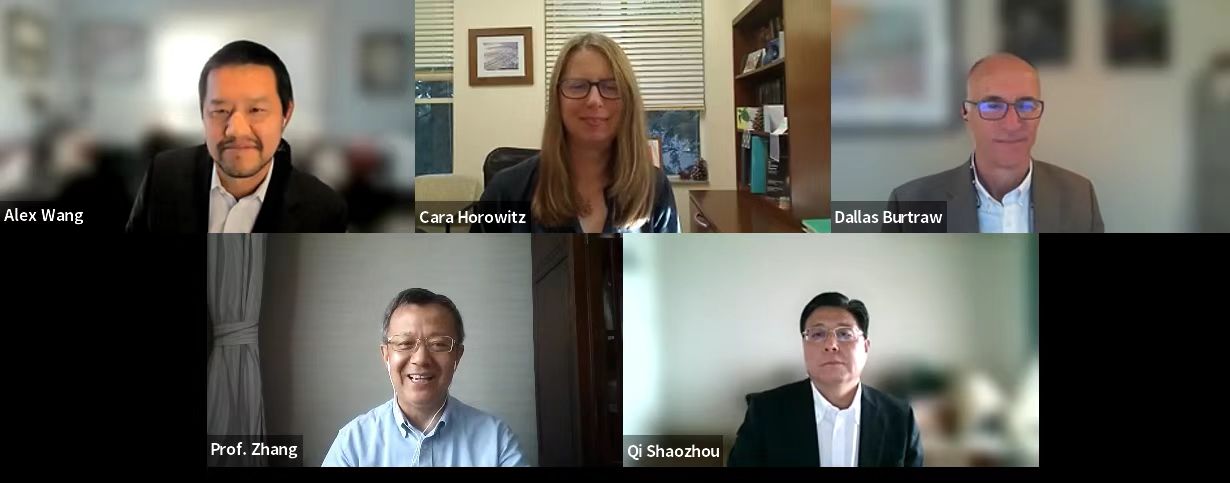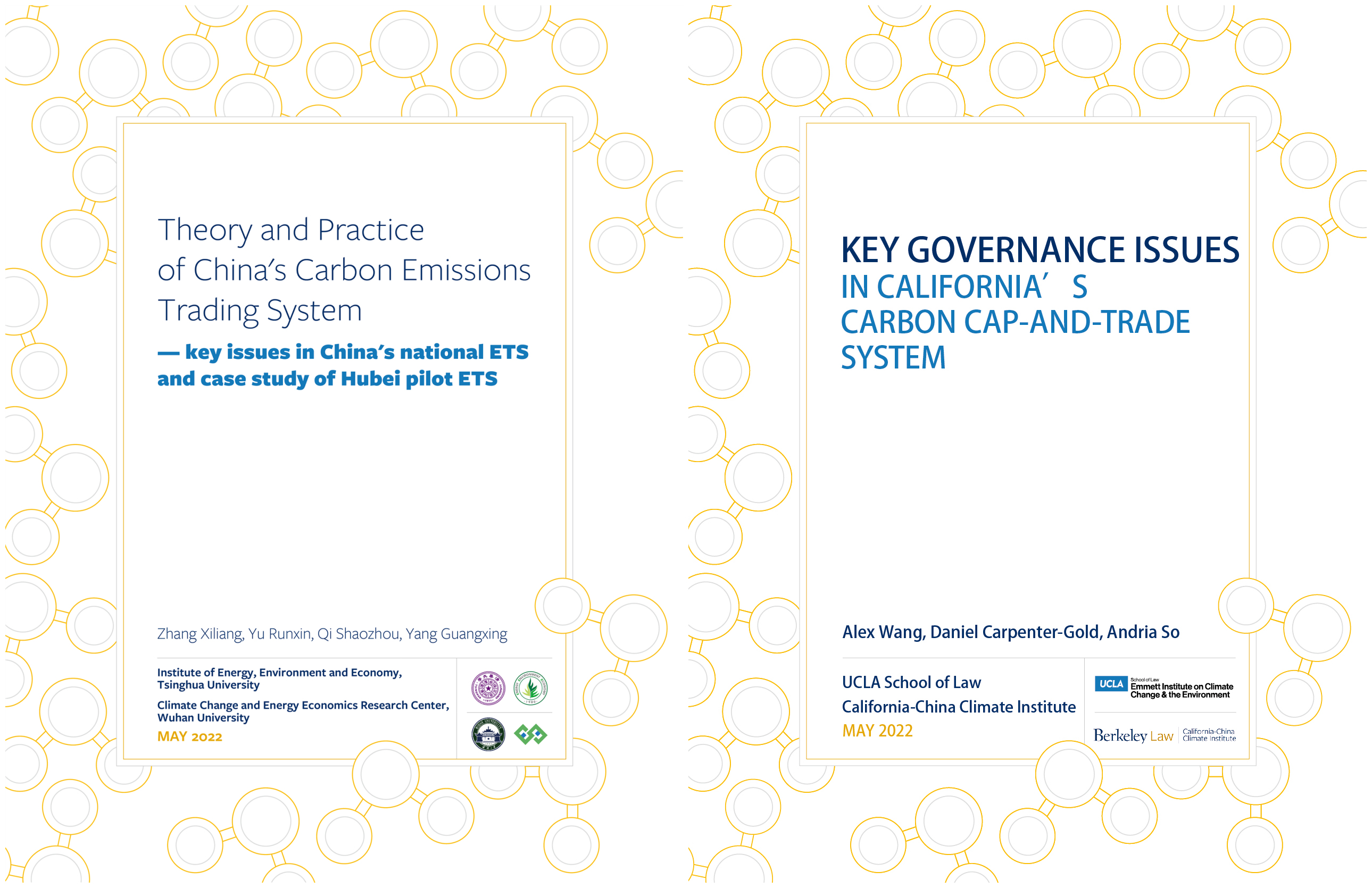On May 10, the WEBINAR: An Inside Look at China and California’s Carbon Markets was held. The research teams from California and China analyzed the markets in both jurisdictions, highlighting both strengths and vulnerabilities, and identified potential lessons-learned. This webinar was supported by the Institute of Energy, Environment and Economy (short for 3E), the Emmett Institute on Climate Change and the Environment of UCLA and the California-China Climate Institute of UC Berkeley.

China and California’s carbon emissions trading systems (ETS) are two of the world’s largest. China’s national market started in mid-2021, building on pilot projects in 5 cities and 2 provinces in the years prior. California’s cap-and-trade program, meanwhile, has been operational since 2013, and is an important part of the state’s suite of policies aimed at meeting its 2045 carbon neutrality goal.
The research teams released two reports:The Theory and Practice of China’s Carbon Emissions Trading System—key issues in China’s national ETS and case study of Hubei pilot ETS;Key Governance Issues in California’s Carbon Cap-and-Trade System. ZHANG Xiliang,professor of 3E; QI Shaozhou, professor of Wuhan University, and Alex Wang, professor of UCLA, introduced the two newly released reports.

Researchers at Tsinghua University, the California-China Climate Institute, UCLA School of Law, and Wuhan University convened a series of projects and events to share ideas and best- practices and to discuss ways to improve the design and implementation of emissions trading systems. The accompanying reports are key outputs of this collaboration. The project also included a series of private dialogues on various aspects of emissions trading system design, including on data quality; compliance; monitoring, reporting, and verification (MRV); auctions; allowance allocation approaches; offsets; and the use of financial instruments in carbon markets.
This collaboration has been guided by the goal of improving understanding of the respective emissions trading systems in China and California. Moreover, it served to explore ways to improve environmental ambition, to ensure market integrity, and to improve the policy environment for climate action.